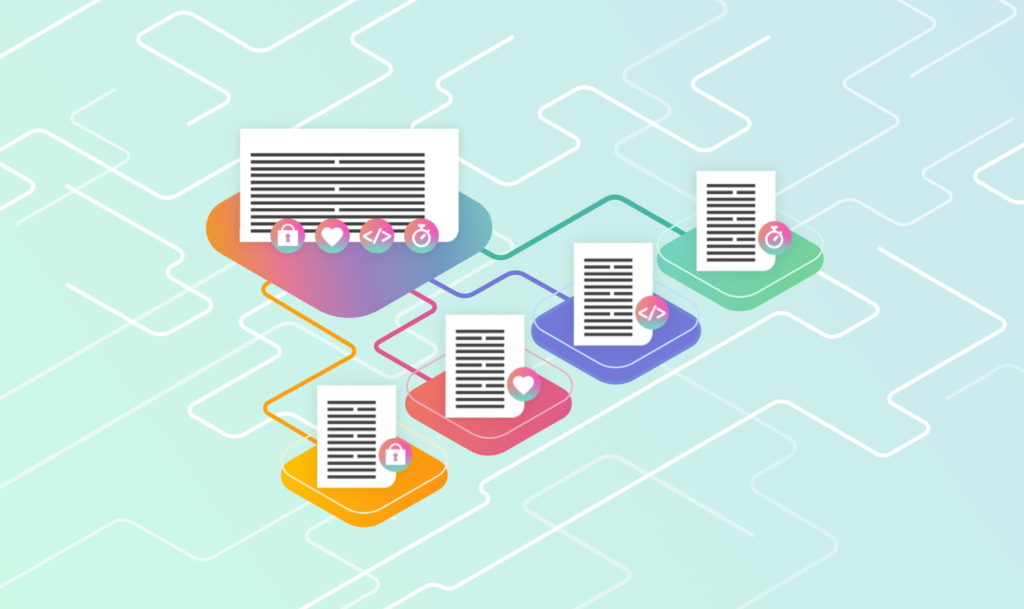Table of Contents
With the number of blockchains in the crypto space rising, sharing tokens and data between them has been a challenge. This is where crypto bridges come in. Similar to bridges in real life, crypto bridges help transfer your tokens from one blockchain to another. For example, services on the Ethereum blockchain are usually more expensive than on Polygon. But even if you have ETH on Ethereum, it does not mean you have the same amount on Polygon. However, if you want to use the Polygon services with much lower costs, you would have to transfer your ETH from Ethereum to Polygon using a crypto bridge.
Key Takeaways
- Crypto bridges help move data and tokens between blockchains.
- The main types of bridges are federated (centralized) and trustless (decentralized).
- The benefits of blockchain bridges include greater scalability, reduction of translation costs and distribution of the network traffic load, as well as faster processing of transactions.
- Crypto bridges will soon be coming to EGG.FI, but you can already use the EGG token as a bridging tool on BSC.
Types of Blockchain Bridges

Federated
A federated bridge operates similarly to a private or enterprise blockchain. A node must fulfill several criteria in order to become part of the federation managing and overseeing bridge transitions.
Trustless
On the other hand, a trustless bridge operates similarly to a fully decentralized system. Any user can join, and they will then be incentivized to execute the tasks of a network agent, such as verifying transaction accuracy and its reliability. These are the type of bridges that will be on EGG.FI.
Advantages of Blockchain Bridges in Cryptocurrency
As mentioned, blockchain bridges are quite helpful for transferring data across blockchains. But why would that be beneficial?
Scalability
Bridges designed for high transaction volumes often allow for more scalability without requiring developers and users to give up the original chains’ network impact and liquidity. This is crucial because, for example, before the complete release of Ethereum 2.0, congestion problems are still present in Ethereum.
Solving Problems for dApp Developers

Although Ethereum is still the most prominent blockchain used by dApp developers, it often has slow transaction processing rates and high fees (gas charges) when there is high traffic and congestion. A bridge allows the developers to transmit their token to another blockchain much faster and at lower costs, implying that the developer may continue to operate their dApps on Ethereum with the ERC-20 token specifications (technical standard used for all smart contracts on the Ethereum blockchain for token implementation) and the aid of the active Ethereum user and developer community.
Mutual Benefits for the Blockchains
Using crypto bridges can help reduce the network traffic load of a bigger blockchain by dispersing it across other less crowded blockchains. Also, they enable digital assets to be moved from a blockchain with high value but few dApps to another blockchain with a well-developed DeFi ecosystem and a need for more liquidity.
How Does a Blockchain Bridge Work?
As mentioned, blockchain bridges help transfer tokens or data from one blockchain to another. To do so, blockchain bridges use a “lock-and-mint/burn-and-release” process. In other words, the number of tokens you want to transfer gets locked on Blockchain A and is freshly minted onto Blockchain B. However, the total amount of the circulating tokens remains the same. To put it simply, if you have ten tokens in Chain A and then transferred five of them to Chain B, you would still have ten tokens on (five of which would be locked, so you cannot use them), but Chain B would have minted an extra five.

However, should you want to redeem the minted tokens in the future, you can do so by “burning” them on Blockchain B, which would unlock them on Blockchain A. The tokens’ value will be consistent with Blockchain A’s price since it always had a locked copy of the token.
EGG and Cross-Chain Bridge Crypto
EGG will soon integrate crypto bridges into its platform to make it easier for our users to use our different services, such as crypto staking and cross-chain trading, as efficiently as possible. Since bridges are designed for high transaction volumes, they allow greater scalability without reducing the original chain’s liquidity or network impact. Some of EGG. FI’s benefits are as follows:
- Your assets’ security will be guaranteed with our non-custodial and Multi-Party Computation (MPC) model.
- Our platform will also enable users to make transfers with ≈0 slippages, so the displayed price will not change much.
- Our system will automatically find the route with the lowest cost, so our users can freely and easily swap between different blockchains and take advantage of reduced trading fees.
Final Thoughts
So, as you can see, bridges are helpful for blockchains and users alike. dApp developers can take advantage of lower costs and higher transaction processing speeds on other blockchains. And the volume of transactions becomes greater without compromising the original blockchain’s liquidity and network impact. Some of the benefits of the upcoming crypto bridge function on EGG will be the security through the non-custodial and MPC model, transfers with ≈0 slippages, and lower fees.
Disclaimer: The opinion expressed here is not investment advice – it is provided for informational purposes only. It does not necessarily reflect the opinion of EGG Finance. Every investment and all trading involves risk, so you should always perform your own research prior to making decisions. We do not recommend investing money you cannot afford to lose.
 English
English Français
Français Español
Español Bahasa Indonesia
Bahasa Indonesia 中文 (中国)
中文 (中国) Русский
Русский Português
Português Deutsch
Deutsch

